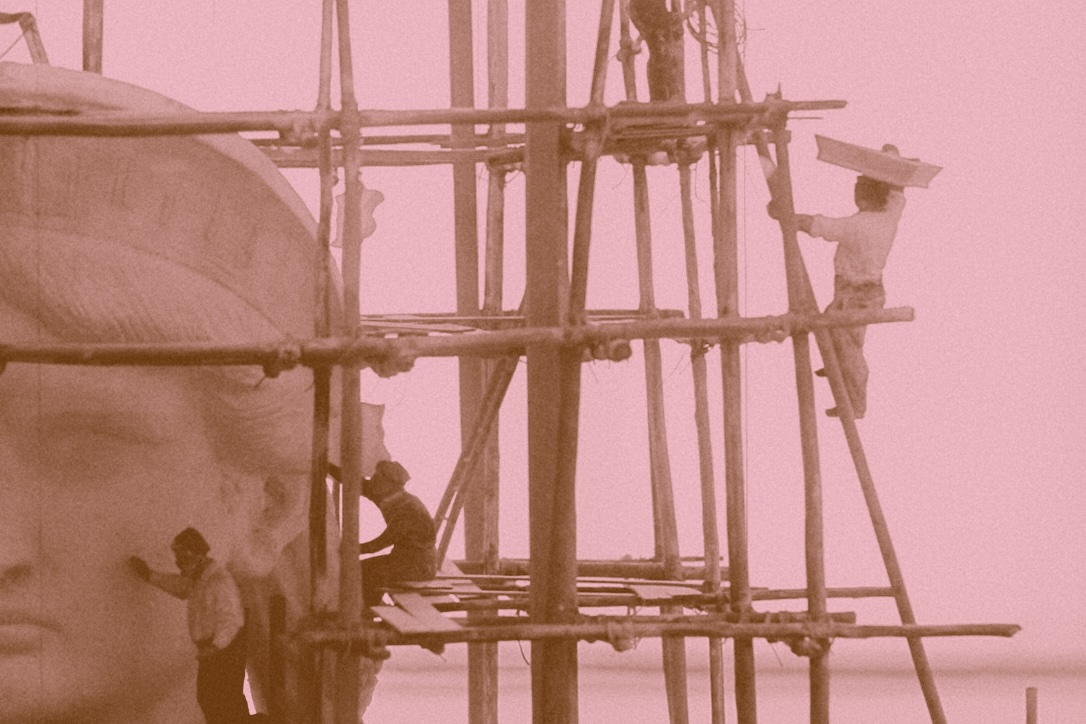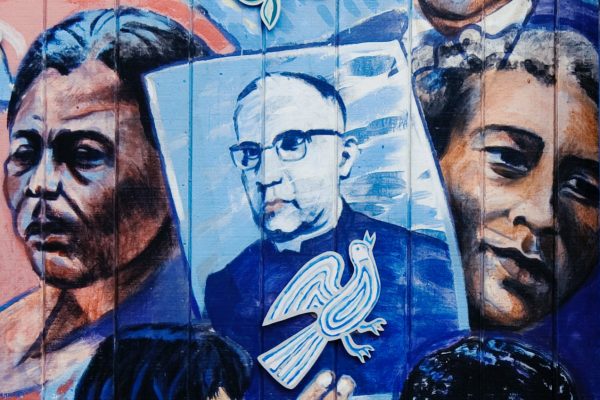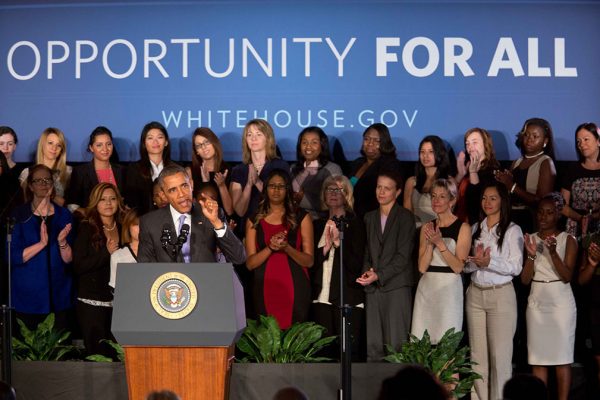Rana and I agree on far more than we disagree about the history of freedom in the United States. My recent work on white freedom in one Alabama county confirms that American freedom often took the form of unconstrained capacity to wield power over the land, labor, and political rights of marginalized people. We both also see that attempts to curb that freedom to dominate were seen as an assault upon the deeply held ideological commitment to Jeffersonian and Jacksonian freedoms to dominate the land and labor of others.
But we disagree on the future. Rana urges that, despite the power of the nastier, master-race version of freedom—and the limited success of its more emancipatory meanings, at least within the United States—the idea is too important and too galvanizing a vision to be surrendered to those who wield it oppressively. In contrast, I find that freedom has been wielded too often in opposition to democracy to be of central value moving forward. In place of vague and contested “freedom talk,” I advocate for building robust frameworks for democracy—a project that contrasts with, rather than complements, much of the practice of American freedom.
We can begin by recognizing that the roots of freedom were fraught from the get-go. Freedom is not just an exemplary political ideal twisted and corrupted by American slavery and land dispossession (although it is that); it dates back to problematic ancient republican values. To be free was to not be a slave, but a free person also held the power to enslave. Fast forward, and place that idea in a settler colonial and chattel slave society, and we find, as sociologist Orlando Patterson puts it, a people who are “free to brutalize, to plunder and lay waste and call it peace, to rape and humiliate, to invade, conquer, uproot, and degrade.” To have a society based on freedom with scarce fraternité or égalité is to choose only the oppressive corner of the trinity of social struggle. Along with Fred Moten, I have to conclude, “Freedom is too close to slavery for us to be easy with that jailed imagining.”
The story didn’t get better. As Annelien de Dijn argues in Freedom: An Unruly History (2020), the participatory, liberatory version of freedom was aggressively attacked following the Atlantic revolutions. As democracy broke out, the antistatist version of freedom was weaponized to curtail the unruly democratic expressions of the people. As she puts it, freedom was mobilized not as a source of liberation but as a “formidable reaction against democracy.” If we take this broad-brush idea seriously, then the history of freedom is less about the dialectics of different versions of freedom, as Rana argues, than a tension between freedom and democracy. To subsume democracy under the banner of freedom is to risk eclipsing democracy itself.
In the United States, there is a long history of local elites using the idea of freedom to dominate others. They mobilized freedom, for instance, in their demand for secession after the election of Lincoln. “Will Alabamians permit abolitionists to rule them?” they asked. “Shall we yield like slaves or resist like freemen?” To not have slaves was to not be free. They denied the possibility of biracial citizenship by declaring for white freedom. It’s also what they did a generation earlier during land dispossession, and later while fighting federal powers during Reconstruction, questioning key aspects of the New Deal, and putting up massive resistance to modern-day civil rights. White elites rarely invoked any kind of democracy since it was a threat to their power. Freedom was their path to it.
I am particularly alarmed by Rana’s sense that by eschewing freedom we lose the entire vision for a better future. “Some left-liberals,” he argues, may approach the “longstanding and specific American relationship between settler freedom and racial domination” as “proof that all related narratives should be abandoned.” The mistake here is to think that democracy is inseparable from freedom, not a challenge to its profoundly knotty problems. “At the most extreme,” Rana continues, challenging freedom “can generate a suspicion of the very utility of collective agency and even of political struggle.” I completely disagree. By drowning democracy in freedom, he loses an idea that, almost alone, can fight the pernicious aspects of the American creed.
What are the ends of “freedom”? Here we run into further trouble. Rana’s ends are a “matter of institution building, reshaping the everyday worlds people inhabit.” Sound thinking, for sure. But the major democratic reforms in the United States—Reconstruction, the New Deal, the civil rights movements—built institutions that required enormous amounts of federal coercion (properly called “police powers”), which were and are seen as a form of antifreedom for the dominant culture. There is a reason that voting laws in the nineteenth century were often called “force bills”—because they were forcing the powerful to act democratically. A government that enforces laws and institutions will forever be the usurper of the freedoms of the powerfully entrenched. Yet as the historian Gregory P. Downs argues, “A government without force means a people without rights.”
In essence, Rana’s model pits different kinds of American freedom against one another: Black freedom secured by federal Reconstruction laws versus white freedom to dominate without fear of federal bayonets; New Deal positive freedoms versus Lochner-era negative freedoms; Martin Luther King, Jr.’s freedom versus George Wallace’s freedom; labor’s freedom to organize versus Reagan’s freedom from the state. At best we are left with a vacuous category that might be filled with meaning and mobilized for good; at worst, it weds freedom to the deep history of the freedom to steal land, the freedom to enslave, and the freedom to control the political power of others. We might, as Rana would like, imagine a corrected, inherently didactic, version of freedom. That would mean a lot of effort explaining that “necessitous men are not free men” (as FDR put it), what the Four Freedoms mean, what positive liberty means—that our enemies’ freedom means this while our version of freedom means that.
Yet why continue an exhausting fight to patrol the proper definitional lines of freedom?
Certainly the word has been key to emancipatory struggles worldwide, and there is a rich and inspiring history of imagining freedom without subordination, domination, or empire. But all that feels like a rearguard effort in what has become a kind of burned-over district in the fight over the meanings of the idea. The opportunity costs of preserving some “true” or “progressive” or “international” ideal of freedom are substantial, and they undermine a deeper struggle: the one over democracy.
Democracy requires embracing limits to one’s freedoms in order to accept the citizenship claims of others. It requires an investment in the political infrastructure that curtails the freedoms of many. Democracy demands that we embrace the burdens of civic engagement, not the freedom to secede from them. It requires curbing individual liberties in order to respect the rights of others. It’s about responsibilities, obligations, and commitments to a social fabric, not just rights and liberties. Democracy contrasts with the entrenched idea of white American freedom that sees federal power as an illegitimate actor, a violator of the freedoms of the dominant classes. Democratic culture, institutions, and practices require coercive federal powers, compromise, and regulation—the opposite of what many think of when they invoke freedom today. We need what might be thought of as a Hamiltonian democracy with a robust state system to ensure fair and equitable democratic procedures.
Paradoxically, Rana and I agree that the project is to reclaim democracy—to “elevate” it “to a universal and governing ideal across the institutional landscape of collective life.” But why do so under the messy, often ugly, always contested, banner of freedom? If we have the institutions of democracy, freedom will take care of itself. On its own, “freedom” presents too much of an escape route: an invitation to run from the constraints of democracy, to flee the burdens of community and mutual respect, or to abdicate political responsibility by erecting authoritarianism, claiming, as Donald Trump did, that “freedom unifies the soul.”
We could, theoretically, compromise and demand something we might call “democratic freedom”—offering a natural modifier that might help inoculate against the many types of antidemocratic freedom that have gripped much of the history of the United States in recent decades. But again, the project becomes a matter of policing language, not of creating a culture or building institutions. It is sobering to think that even under Rana’s paradigm, the authoritarian Freedom Caucus is justified in using the term. Let them have it.








